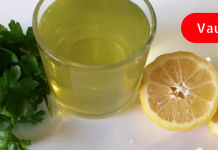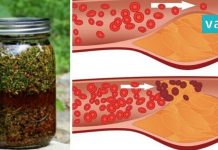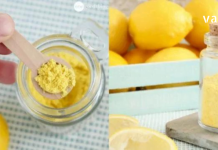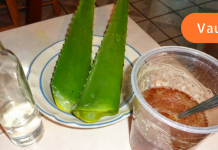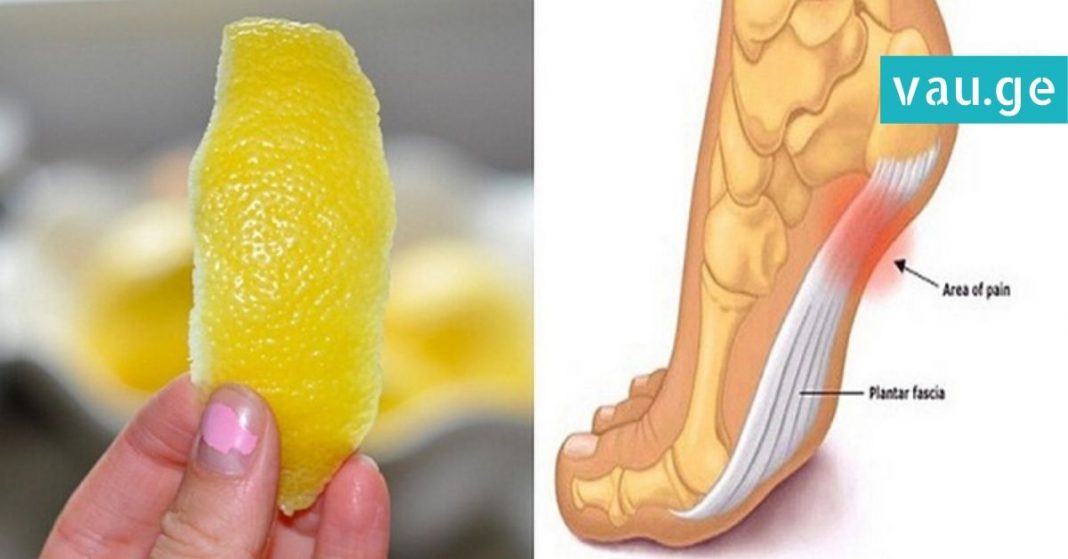Lemon is one of nature’s most powerful fruits, packed with essential vitamins, minerals, and healing compounds that benefit nearly every system in the body. Most people are familiar with lemon juice and its health benefits, but few realize that lemon peel—the part we often discard—is just as, if not more, powerful. Recent interest in natural remedies has brought attention to the amazing properties of lemon peel, especially in the context of joint pain and inflammation.
In this article, we’ll explore why lemon peel is so beneficial, what makes it effective, and two of the most popular methods to use it for natural relief of joint pain and inflammation. If you’re struggling with arthritis, chronic pain, or stiffness, this could be an easy, at-home remedy worth trying.

What Makes Lemon So Special?
Lemon is rich in a wide range of nutrients that contribute to its many health benefits. It contains:
- Vitamin C: A powerful antioxidant that helps reduce inflammation, supports the immune system, and aids in collagen production—essential for joint and skin health.
- Vitamin A and B-complex vitamins (B1, B6): These contribute to cellular health, energy production, and immune function.
- Magnesium and Potassium: Minerals that support nerve function, muscle relaxation, and reduce muscle cramps and spasms.
- Calcium and Phosphorus: Essential for strong bones and teeth, these minerals also play a role in proper joint function.
- Pectin and Bioflavonoids: These compounds help detoxify the body, reduce cholesterol, and protect against oxidative stress.
Lemon is also known to support digestive health by stimulating bile production and improving liver function. It aids the immune system, promotes detoxification, and acts as a natural antiseptic—helping prevent infections.
But one of the lesser-known yet highly valuable properties of lemon is its ability to help with joint pain and inflammation. And it turns out, the peel—not just the juice—is key to this effect.
Why the Peel?
The lemon peel contains essential oils, particularly limonene and citral, which have potent anti-inflammatory, antioxidant, and even analgesic (pain-relieving) properties. These oils penetrate the skin and reach deep tissues when applied topically, helping reduce pain and swelling in joints and muscles.
For people suffering from arthritis, rheumatism, or other joint issues, lemon peel can be an effective natural alternative to over-the-counter anti-inflammatory drugs, which often come with side effects when used long-term.
Below are two simple, natural, and highly effective methods to use lemon peel for joint pain relief at home:
Method 1: Direct Application of Fresh Lemon Peel
This is the simplest and quickest method and is perfect for those who need quick relief:
What You’ll Need:
- Fresh organic lemon
- A piece of clean gauze or cloth bandage
- Plastic wrap (optional)
Instructions:
- Peel the lemon carefully and set aside the yellow part of the peel (avoid the white pith if possible).
- Apply the inner side of the peel directly onto the affected joint or area.
- Wrap the peel in place using gauze or a cloth bandage. You can use a bit of plastic wrap to help keep it in place if needed.
- Leave it on for about 2 hours.
The essential oils in the peel will begin to penetrate the skin and reduce inflammation and pain in the joint. Some people report feeling relief within the first use.
Method 2: Lemon Peel-Infused Olive Oil
This method takes a little more time to prepare but can provide deeper, overnight relief and has a longer shelf life.
What You’ll Need:
- 2 fresh organic lemons
- Olive oil (cold-pressed, extra virgin preferred)
- A glass jar with a tight-fitting lid
- Gauze or cotton cloth
Instructions:
- Peel the lemons and place the peels only in a clean glass jar.
- Pour in enough olive oil to completely cover the peels.
- Seal the jar tightly and place it in a cool, dark place for 15 days to allow the essential oils to infuse into the oil.
- After 15 days, strain the oil (optional) and apply it to the painful joint area.
- Cover the area with gauze or cloth and leave it on overnight.
This lemon-infused oil can be used regularly for persistent joint pain or inflammation. The combination of lemon peel’s healing oils and olive oil’s natural anti-inflammatory compounds works synergistically to deliver lasting relief.
Important Notes
- Use only organic lemons for both methods. Non-organic lemons are often coated with wax or pesticides that can irritate the skin or be harmful when absorbed.
- Always do a patch test before applying any natural remedy to a large area, especially if you have sensitive skin or known allergies.
- These methods are meant to complement your existing medical care. If you have chronic joint pain, always consult with a healthcare provider to rule out underlying conditions.
Final Thoughts
Lemon peel is more than just kitchen waste—it’s a potent natural remedy with scientifically backed properties. By using lemon peel topically, you can harness its powerful anti-inflammatory and analgesic effects in a safe, affordable, and natural way. Whether you’re seeking temporary relief or a new addition to your wellness routine, give these lemon peel remedies a try—you might be surprised by how well they work.






